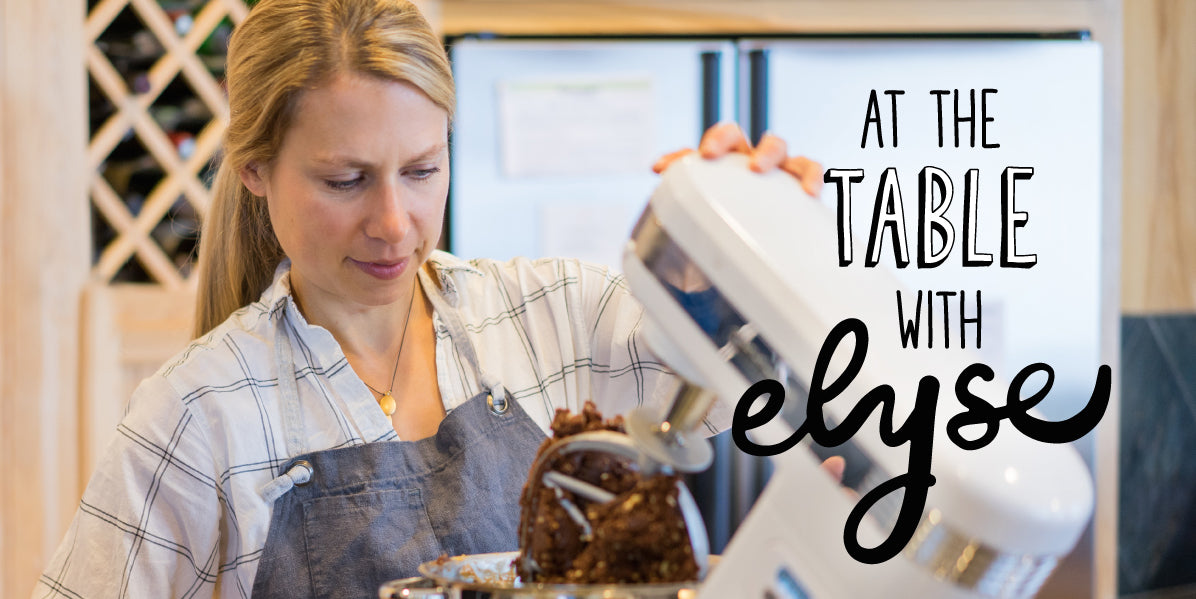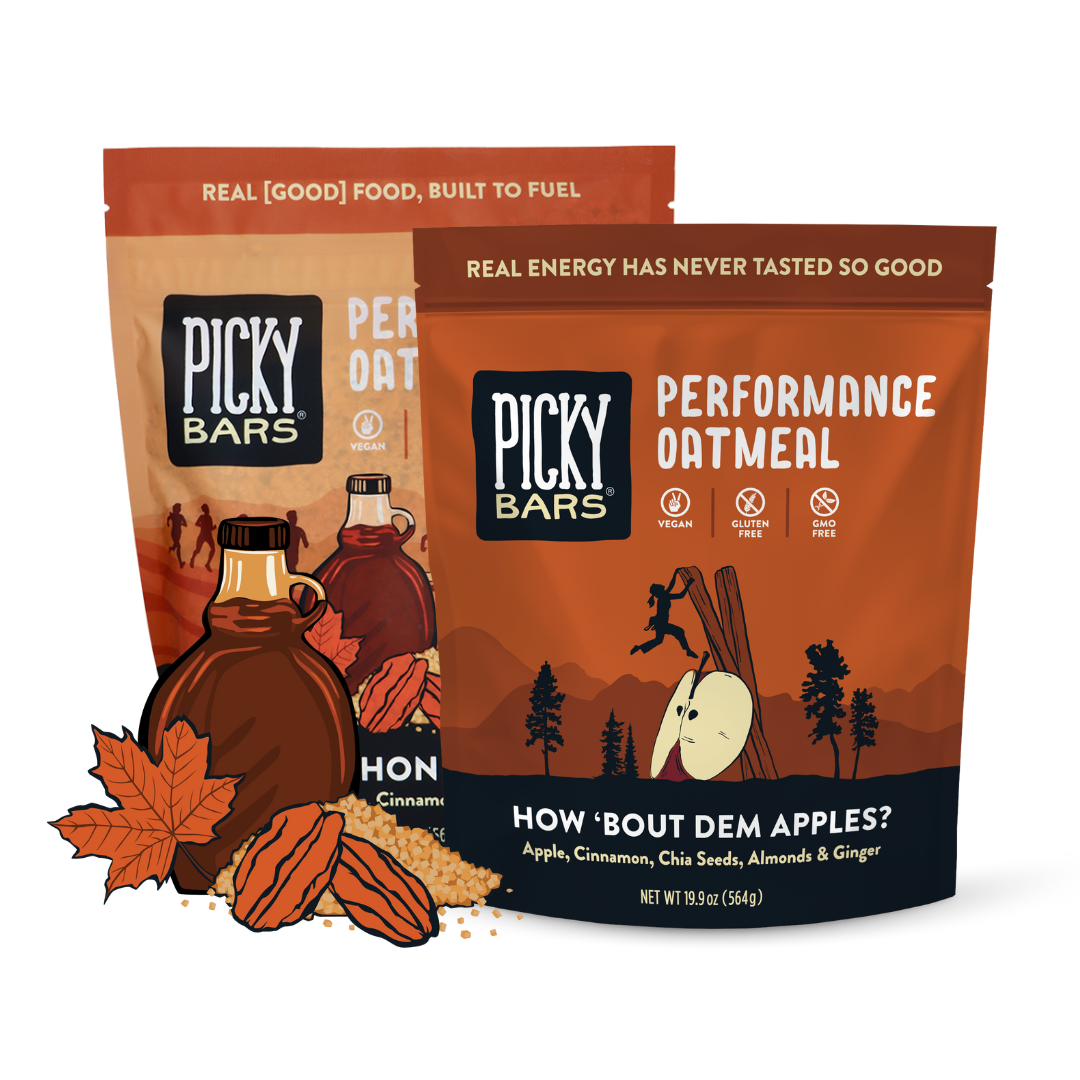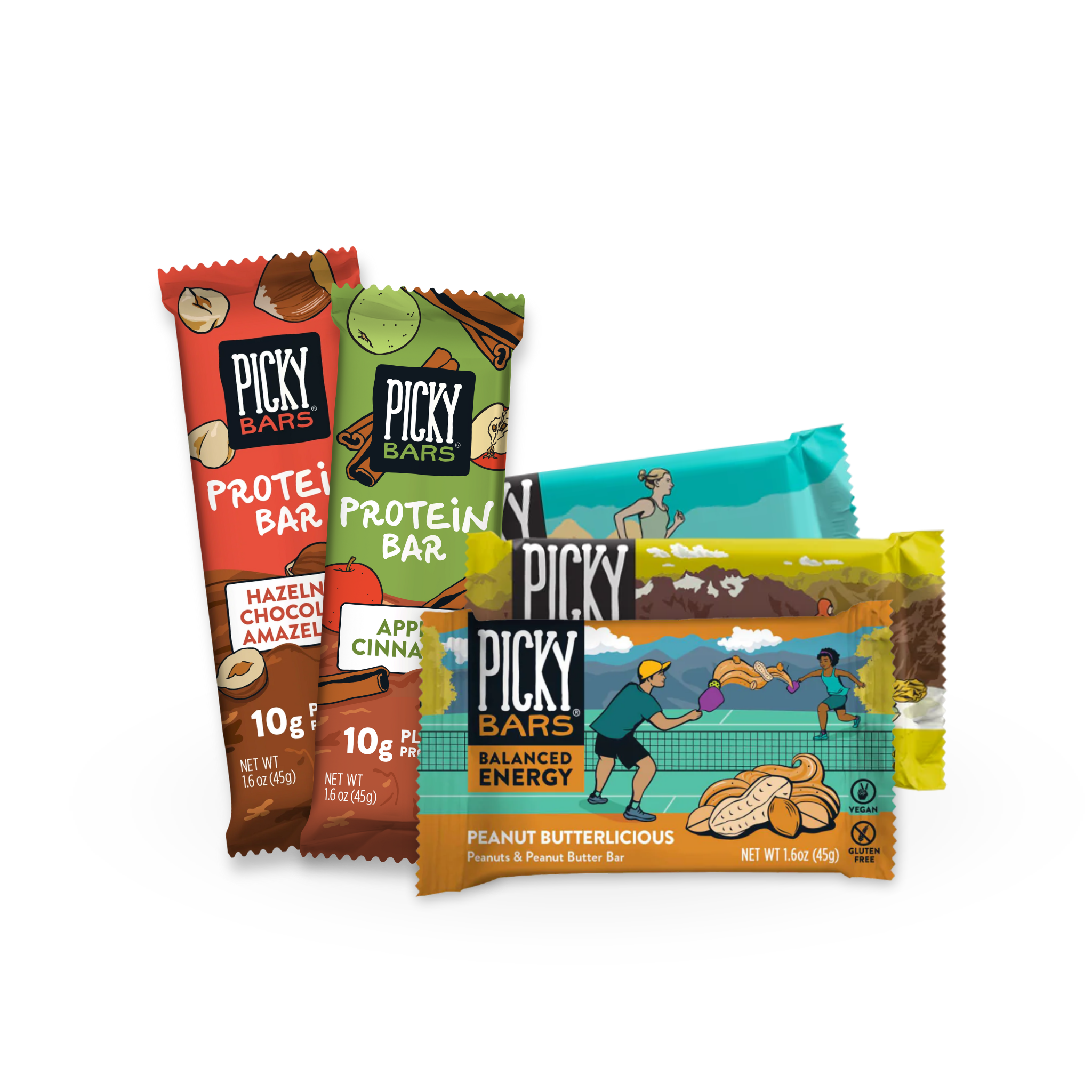

· By Sarah Conklin
Recovery Dinner: Nourishing Whole Bowls
Everyone knows that recovery is important after a tough workout. Getting a good mix of simple carbs and protein within 30-45 minutes of effort is key to sealing in all that hard work you put in! But it can be tough to muster up the energy afterwards to pull together a proper meal.
(ahem, we know an easy way you can get 7g of protein and a bunch of great carbs in a little square to hold you over until you get into the kitchen...)
We tapped into our resident athlete-foodie Elyse's recipe stash for a recovery dinner you can prep mostly ahead of time, so it's just throw together and enjoy after your cool down.
Give an athlete a whole foods bowl, and you nourish him for a day. Teach an athlete to make nourishing bowls, and you feed them for a lifetime.
My top recovery dinner for endurance athletes are rice (or quinoa) bowls piled high with veggies, a protein, and a homemade sauce. Once you get in the habit of prepping the base ingredients for bowls in advance, you can pull together nourishing one-bowl wonders faster than your mile PR.
The key to a satisfying bowl is topping it with a holy-moly sauce made with nourishing fats. The fat helps with satiation, keeps you full longer, and is essential for digestion, nutrient absorption, recovery, and a healthy metabolism. Since most store-bought sauces are made with refined sweeteners and inflammatory vegetable oils, it’s important to learn to make sauces from scratch.
Here are a few simple steps to help you create your own whole bowls:
My go-to is short-grain brown rice or quinoa, but you can use any leftover whole grain or even a baked potato. A rice cooker is a worthwhile investment. Cook enough rice or quinoa for multiple dinners.
Top your bowl with a colorful rainbow of seasonal veggies to ensure you’re getting a range of vitamins, minerals, antioxidants, fiber, and more. Veggies can be quickly sautéed in a little coconut oil or olive oil with simple seasonings. You can also use leftover roasted or grilled veggies to save time.
Any protein goes well on top of a whole bowl. Try leftover grilled chicken or steak, baked salmon, seasoned beans, tempeh, or simply a fried egg (keep the yolk runny!). Anytime you’re grilling on the weekend, cook extra meat so you have it ready to go.
The sauce punches up the flavor and ties it all together. Here’s a recipe for my simple Coconut Curry Sauce that pairs well with any combo of meat or beans and veggies. This sauce features a dose of healthy fats and inflammation-fighting spices like turmeric. Double this recipe and freeze the sauce into individual portions for future dinners.

Coconut Curry Sauce with Turmeric
Makes 2 1/2 cups- 1 tablespoon extra-virgin olive oil or coconut oil
- 1 yellow onion, chopped
- 1/2 teaspoon fine sea salt
- 3 cloves garlic, chopped
- 1 can (13.5 ounces) coconut milk
- 1 tablespoon curry powder
- 1 teaspoon ground turmeric
- 1/4 teaspoon cayenne
Heat the oil in a medium saucepan over medium-high heat. Add the onion and salt and cook, stirring occasionally, until soft but not brown, about 5 minutes. Add the garlic, curry powder, turmeric, and cayenne and cook, stirring frequently, for 1 minute (be careful not to burn the spices).
Stir in the coconut milk and bring to a boil. Reduce the heat to low and simmer, uncovered, stirring occasionally, until the sauce thickens and the flavors meld, about 10 minutes.
Use an immersion (stick) blender, to blend the sauce until smooth. Alternatively, transfer the sauce to a blender and process until smooth. To save time, this sauce can also be left chunky.





